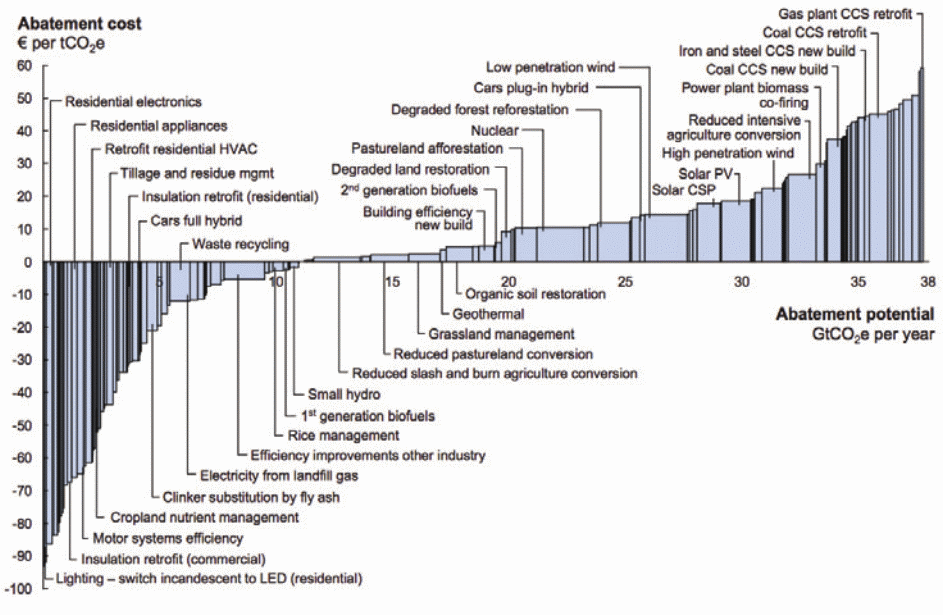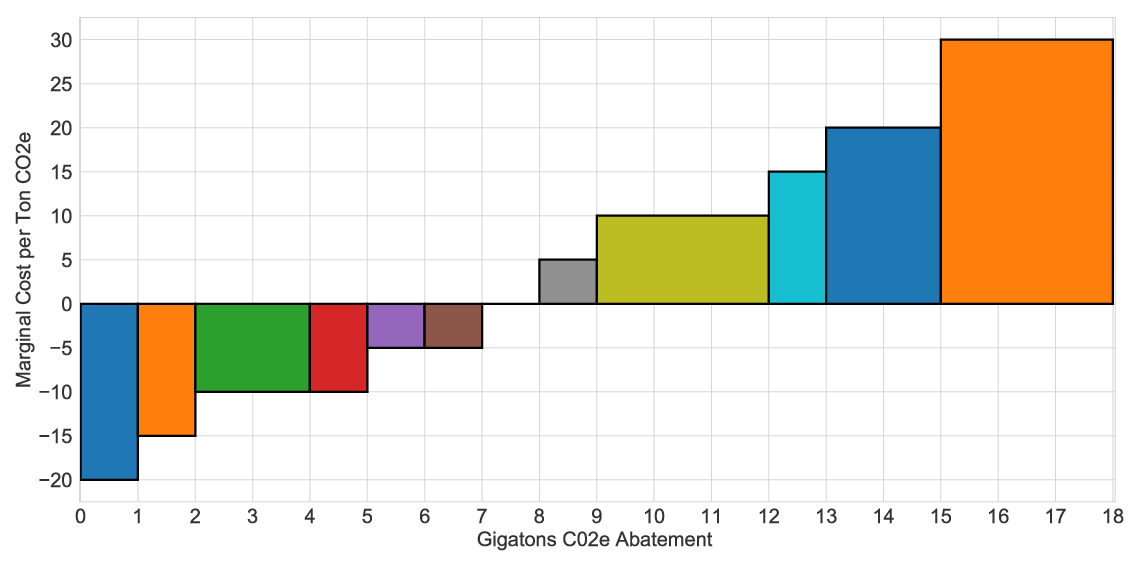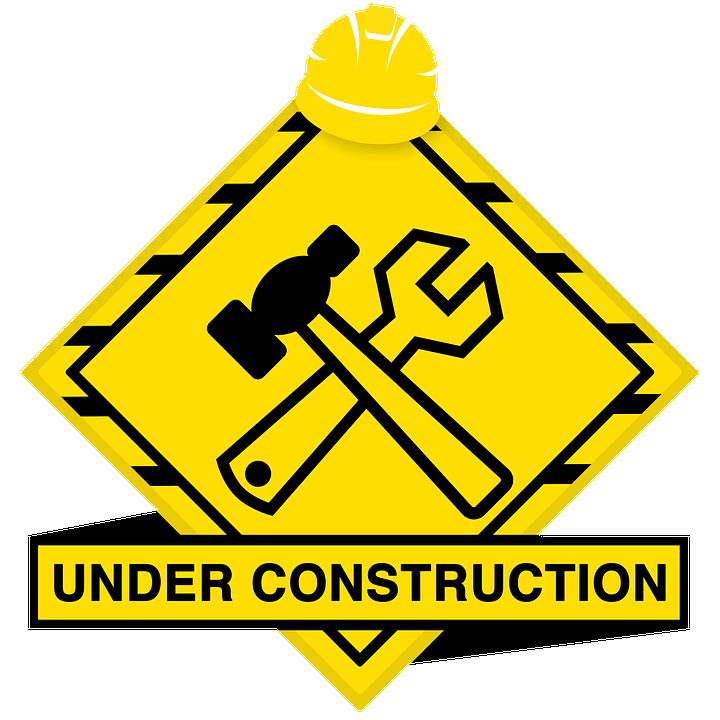Economics and Management Interviews

I am a tutorial fellow at Keble College and interviewed Economics and Management applicants in December 2019 for entrance in 2020. This year we, along with many of my colleagues in other colleges and other subjects in Keble, made a conscious effort to interview more students from economically challenged backgrounds. In the Oxford admissions system, these candidates were classified as Band A and were typically in the bottom 10% of applicants based on a combination of socio-economic factors.
While the interview is only one component of the application process, by the time students arrive at Keble for their interviews, it has substantial weight. The significant influence of the interviews occurs since all candidates have been filtered based on:
- GCSE;
- contextualized GCSE;
- A-level subjects and predicted grades;
- Performance on the TSA; and
- Their reference and personal statements.
The TSA, in particular, is heavily relied upon to reject approximately 80% of candidates. In general, only candidates in the top 20% were selected for interview. This year we were instructed to give serious consideration to Band A applicants in the top 80% of the TSA score distribution. We were also encouraged to consider Band B candidates. These candidates are outside the bottom 10% based on socio-economic indicators, but still relatively low. There was no specific target score for these applicants to receive an interview.
All applicants were interviewed at least twice. My experiences here only refer to the applicant's economics interview. I found there was a wide range in the apparent level of preparation of the students. The lower socio-economic status students appeared to be meaningfully less prepared. Providing a channel to rectify this gap, as much as possible, is the ultimate motivation for this post.
The Interview¶
Candidates have two 20-minute interviews. The interview is content focused from the beginning. I had asked applicants to read a recent Journal of Economic Perspectives article that discusses some of the complexities of climate change policies. This article is written for a generalist audience, and there are not essential concepts that are covered in A-level Economics required to understand its core messages.
We then proceeded to discuss several issues related to the content, as well as some unseen information that I provided as part of the interview. I'm sharing the "script" for the interview so that students and teachers can understand the scope of the interview. The script is used to structure the discussion. It is not dogmatically followed since interviews are adapted to the applicant and their background. The supplemental data sheet is also available.
Question 1¶
The first question is a warm-up and is used to ensure that the applicant understands the data presented in Figure 1 of the reading. This is a marginal cost curve but is non-standard since the projects are different and many of the projects have negative costs. The width of the bars demonstrates the project's capacity. The cumulative width of multiple projects is the capacity if all of the projects are implemented. Some applicants did not fully grasp this final point and thought that the right edge of a project was the project's total capacity (beginning from 0).
Question 2¶
This question went deeper and examined whether applicants understood that this is a marginal cost curve. It is sensible to produce carbon abatement using low-cost technologies first. Many focused on issues other than cost that were not discussed in the article. It is vital that the material presented is fact-based, and in most cases, that it can be backed up by the facts contained in the paper. It was essential to show mastery of this question before proceeding to the next.
Question 3¶
This question relies on the supplemental data sheet that is a simplification of Figure 1 in the prereading.

The total cost curve is a skewed U-shape that begins at zero, declines (but is convex) until 7, is flat from 7 to 8, and then increases from 8. It crosses the zero around 14. Many applicants did not understand that total costs must start at 0 since you can always do nothing for no cost. Others did not synthesize the material and thought though that marginal cost was the total cost.
Question 4¶
This question is a fundamental math question. It assesses whether applicants have mastery of some basic concepts of calculus. Almost all candidates could not define what a continuous function is (even heuristically, as in "a function where I do not pick up my pencil"). Some understood discontinuous function such as $y=tan(x)$, which has many singularities but did not grasp that a function does not need to have an unbounded range to be discontinuous. No one was familiar with continuously differentiable, and so we provided the definition. Most were not confident about how they would verify this. The two-component functions are both clearly continuous and continuously differentiable, and thus only the breakpoint needs to be checked. The question also uses the natural log ($ln$), which is heavily used in economics. Applicants are occasionally insufficiently familiar with the natural logarithm and its inverse, the exponential function.
Question 5¶
Question 5 relies more on the reading and is used to establish a baseline. Some applicants were not clear as to the fundamental distinction between a static and a dynamic cost: dynamic costs are realized on other projects. For example, if the UK builds an offshore wind farm, some of the experience in building the wind farm can be used to reduce costs in future offshore wind farms.
Question 6¶
Question 6 asks the applicants to apply their understanding of static and dynamic costs to electric vehicle charging points. This question is challenging since there are arguably no static cost savings. The static cost could be reasoned to be infinite if the number of tons of CO2 saved is 0. All, or the vast majority, of the cost, is dynamic since charging points encourage the adoption of electric vehicles.
Question 7¶
Question 7 is open-ended. Applicants may discuss extended issues from the paper, such as the critical role uncertainty plays in dynamic costs or the estimated social cost of emissions.
Preparing for an interview¶
Interviews in economics do not follow a single pattern. Over the past ten years, I have used combinations of:
- complex logic puzzles that are ultimately applications of game theory;
- math questions, especially using an approximation in graphical analysis to demonstrate an understanding of a topic
- readings that can be deconstructed using economic analysis; and
- interpretation of data (e.g., the trends in inequality over time, which I used in the past).
There is no single approach to preparing. My (admittedly generic) advice to prepare for an interview in Economics includes:
Think like an economist - There are several core principals on which economists broadly agree. A non-exhaustive list includes:
- Thinking at the margin: what is the cost or benefit of a small change?
- Opportunity Cost: what do we need to give up to choose a particular course of action?
- Comparative Advantage: how can two parties aggregate their opportunity costs to improve the outcome for both?
- Correlation vs. causation: When can data or statistics be interpreted as causal rather than merely capturing a correlation?
These, and related, principles should be employed when structuring responses.
Build on facts - The reading should provide a solid basis for the subsequent discussion. It is essential to emphasize the material in the passage that supports your point. It is equally crucial to not divert into a tangent that cannot be supported with the text, even if the alternative point may be valid.
Know your personal statement - You should be familiar with the details of your personal statement. This is especially true of specific points you make about how events or readings have influenced your decision to pursue economics.
Practice Practicing a wide range of problems is the best method to prepare for the uncertainty in an Economics interview. While the interview is not designed or intended to trip you up, the range of possible questions is wide.
The most fruitful strategy is to prepare for as wide a range of problems as possible. This is the same advice I provide to candidates when they ask about the TSA: practice, practice, and then practice. Practice thinking about problems with little notice that do not have definitive answers. Candidates should ensure that they are comfortable communicating arguments verbally. Verbal communication of challenging concepts is not simple and requires practice. Most candidates are adept at producing written work. I have found that not all applicants are equally comfortable verbalizing their logic. While the interview is not designed to trip up candidates, it is also not intended to be easy. It is also not a competition in "fact recollection." It is essential that candidates apply economic reasoning - not political, sociological, or philosophical - to the problem. Readings are chosen to provide a fact base that is sufficient to last the entirety of the interview. It is not usually necessary to introduce facts that are not readily verified.
Performing Well¶
The interview is short and intense. Candidates need to be ready to demonstrate their subject mastery and understand of the material. Anyone applying to Oxford must be able to communicate their ideas verbally. Verbal communication is essential in the Oxford education system, where students spend hundreds of hours in small groups settings over their degree. Assessing the student's ability to communicate verbally, as well as to make reasoned arguments, is the justification of the interview. I have performed interviews over many years. Not all 17-year-old applicants are in a place where they can take full advantage of Oxford's peculiar, labor-intensive, but effective method of teaching. My belief does not reflect on their intellect, their motivation, or their preparation. I do believe that an applicant's performance in an interview indicates whether they are ready to be placed into the unique setting of a tutorial.
I have no doubts that all of the candidates I have been this year, whether we are in a position to offer them a place or not, will go on to great things.
